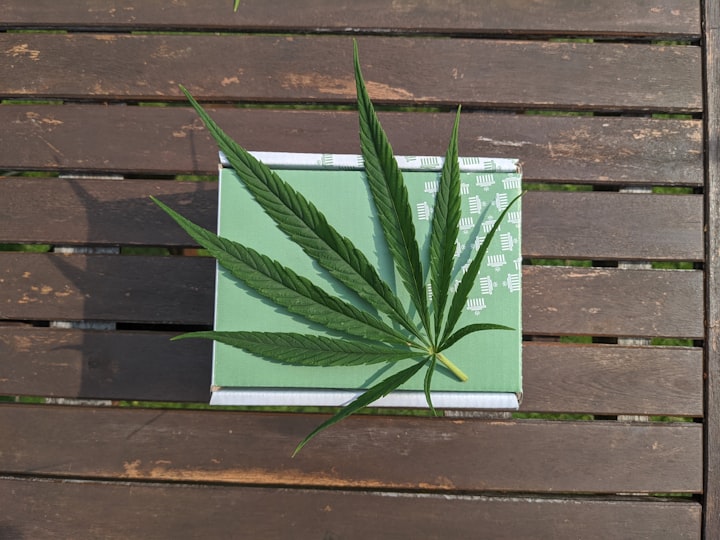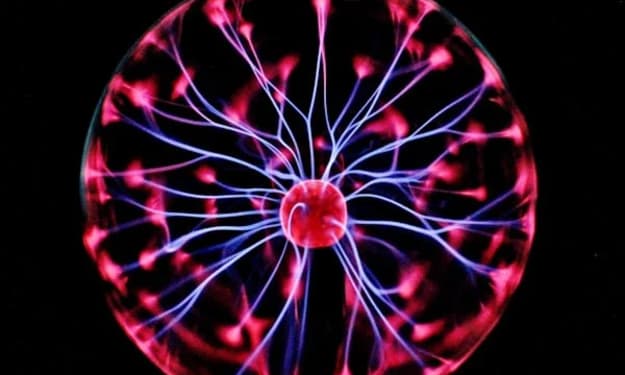A Deeper Dive into Plastic Contamination of the Ocean
Take a closer look into the harm our oceans are facing with plastic pollution on the rise.

With our oceans already filled with over 160 million tons of garbage, our oceans are facing a crisis! It is now estimated that by 2050, plastic debris in the oceans will outnumber fish. Plastic consumption is rapidly increasing, putting marine life in harm's way and destroying natural ecosystems.
The Dangers to Marine Ecosystems
Marine ecosystems are taking a major hit from plastic pollution, causing a domino effect which in-turn leads to harming humans.

Nearly 50-80% of sea turtles and 90% of seabirds found dead have all ingested some form of plastic debris. Plastic kills up to a million seabirds and hundreds of thousands of sea turtles, whales and other marine life annually due to ingestion. Much of our planet’s marine life is forced to face the daily danger of entanglement, suffocation, starvation and drowning caused by plastic debris in the oceans.

Microscopic marine phytoplankton play a critical role in regulating today's carbon cycles and produces somewhere between 50-85% of the oxygen on Earth. According to a study done by Irish scientists, microscopic pieces of plastic can be interfering with this critical chain and the marine organisms’ ability to absorb CO2. Plastic is suffocating phytoplankton leading to more carbon dioxide remaining in our air.

Coral reefs are homes to ¼ of all marine life, help protect the damage to coastlines and are the basis of formation for many ecosystems. Exposure to plastic junk has made reefs susceptible and vulnerable to fatal disease. The disappearance of coral reefs can lead to destruction of food sources resulting in suffering to millions of species. Plastics contribute to bleaching of coral reefs and can potentially cause them to die off completely by 2050.
The Source of the Problem
It’s time to change the perception of single use non-renewable sources.

The issue starts with throwaway-culture. We live in a generation that has little care for excessive waste. It has led to our planet facing a crisis towards plastic trash that no amount of well intentioned clean-ups can completely solve. The only possible answer to protecting our oceans lies in pushing for a philosophy beyond single use products and creating a circular economy that eliminates waste and promotes the continual use of resources already at hand.
With little plastic partaking in the recycling process and skipping over to hitting the dumps, more and more plastic is landing in our oceans every year. Each day, eight million pieces of plastic are dumped into the ocean. This is the equivalent of almost 65 dump trucks emptying waste cargo into the oceans per day.

We need to start making a difference towards protecting our ocean and Earth before it's too late. Join the conversation, don’t forget to recycle and help be the change towards the legacy concerning plastic pollution in our oceans!
About the Creator
Enjoyed the story? Support the Creator.
Subscribe for free to receive all their stories in your feed. You could also pledge your support or give them a one-off tip, letting them know you appreciate their work.





Comments
There are no comments for this story
Be the first to respond and start the conversation.